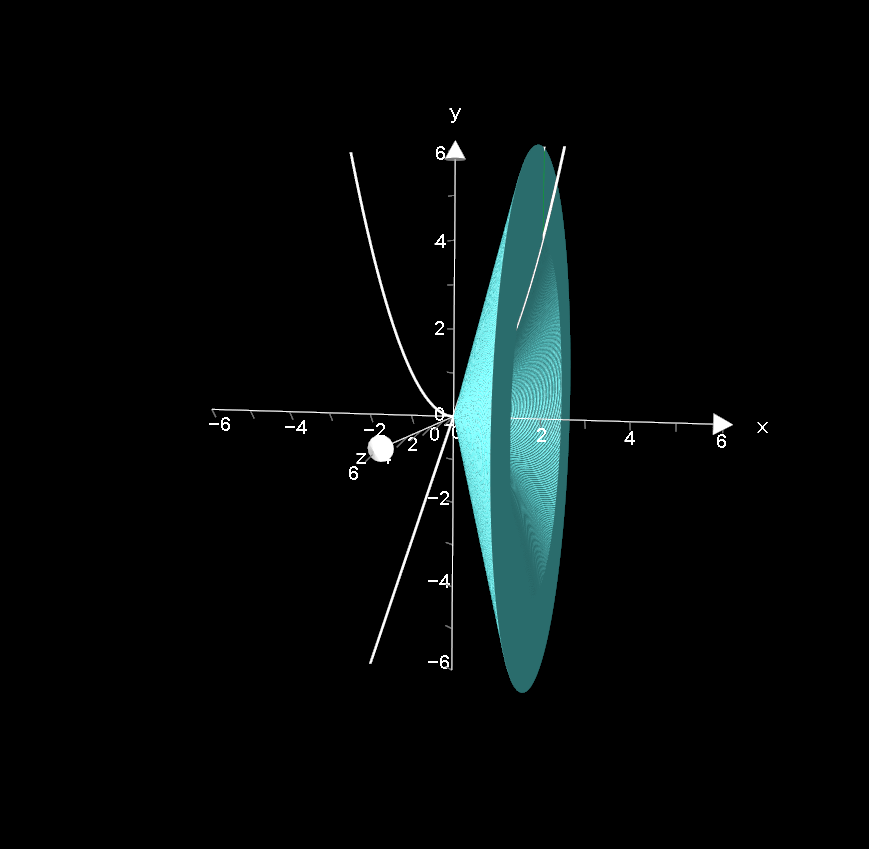Hi everyone, Use the washer method to find the volume of the solid generated when the region bounded by y equals 3x and y equals x^2 squared is revolved about the x-axis. What would be the Volume of the region?
the bounds are b. 2 and a.0
I keep getting 54pi. Am I doing something incorrectly?
the bounds are b. 2 and a.0
I keep getting 54pi. Am I doing something incorrectly?
1 Answer
Explanation:
If we look at the two functions:
In the interval:
In order to find the volume of the region between these two when rotated around the x axis, we need to find the volume of
Volume of
Since
The sum of these shells will be found using the integral:
Plugging in upper and lower bounds:
We do the same for
Plugging in upper and lower bounds:
Subtracting volume of
PLOT:


